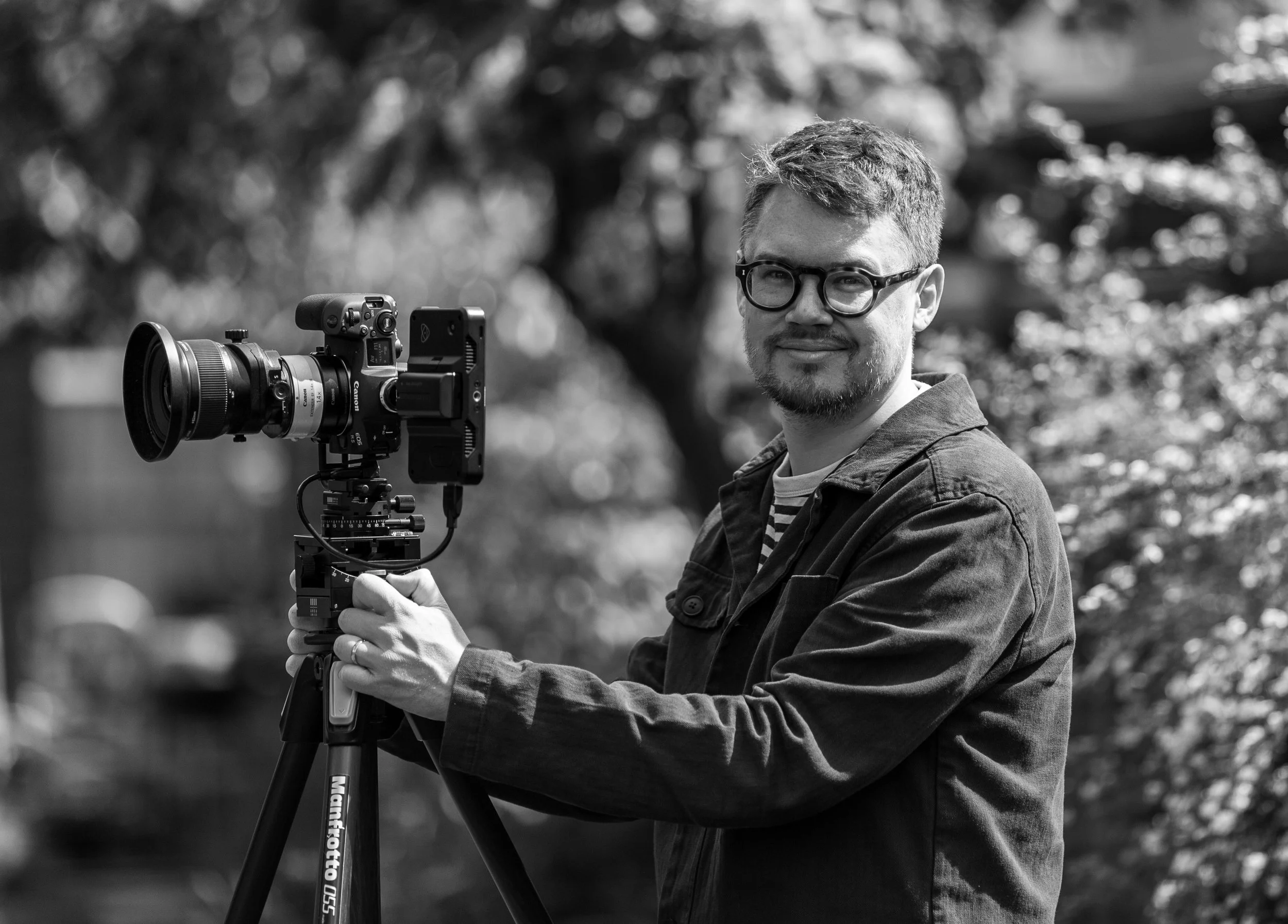Matthew Smith
BA (Hons) DipArch ARB
Matthew Smith Architectural Photography specialises in creative photography of architecture and interiors, with a tailored approach to suit the unique nature of each project.
Matthew has a background in architecture; he studied architecture to post-graduate level and qualified as an architect in 2015. Simultaneously, he been undertaking photographic commissions in this field since 2013.
Working with architects, interior designers, contractors, suppliers, publishers, homeowners and developers, Matthew produces carefully composed images that convey the very best qualities of spaces and places.
Matthew seeks to deliver photographic showcases of exceptional quality, enabling clients to share their built work with a wider audience, and to stand out in an increasingly crowded digital marketplace.
His work has been published in The Architect's Journal, RIBA Journal, Grand Designs Magazine and Living etc.
Why work with an Architectural photographer?
The vast majority of your audience will only ever experience your existing work through photographs (particularly with private residential projects) so it’s essential that the images showcase your project in the best possible way, and enable your audience to understand the spatial and material qualities of a given space.
A good architectural photographer will understand your project, appreciate the concept and strive to convey the essence of it within carefully composed frames.
A strong set of photographs will help to elevate the visibility of a project, increasing its’ chances of publication and recognition. They will also help it to stand out in a saturated digital market, where social media is becoming increasingly relevant to architects as a marketing tool - a way to connect with future clients.
Architectural photography offers an opportunity to capture a project in a way that is appropriate to the care and attention to detail invested in it’s design and construction, and to create a lasting record that is truly representative of a project’s quality.
How does it work?
1. Engagement & The Brief
Initially, a client might get in touch via email, phone or DM for a quotation. At this stage it’s really helpful to have an idea about the size of the project, key aspects/features and any constraints with regards to access. It’s also important to note who will want to use the photographs and how they will be used.
It’s often useful to see a location plan and floor plans, in order to advise on the best time of day to shoot each space, and make a suggestion for the amount of time required. A quote is formed on this basis, and if the client wishes to proceed, any further requirements are determined and a date and time for the shoot is agreed.
2. The Shoot
On the day of the shoot, a suitable sequence is agreed to suit the solar orientation and homeowners’ preferences. Sometimes clients like to be present on shoots to discuss shots and assist with moving furniture, and other times a brief is agreed in advance. Both methods work well.
Small items of furniture and props can be supplied if required. Often objects and artefacts are omitted to create a cleaner look - ensuring that the architecture remains the subject. In general, most residential projects warrant a half-day shoot, whereas larger projects might need a full-day.
Photographs are taken using the latest full frame and medium format cameras, on a tripod with geared head and tilt-shift lenses for composition and perspective control. This yields digital images with exceptional sharpness and clarity, and a resolution of around 50MP - suitable for large format printing if required.
3. Editing Workflow
After a shoot, the photographs are carefully reviewed and all usable frames are processed with basic adjustments for white balance, exposure and colour, and panoramic images are stitched together.
A set of contact sheets of these processed images is provided to the client for their selection, enabling them to choose a set number of frames based on the scope of the shoot. The invoice is also sent at this stage. Once a selection has been made, further corrections are undertaken to finely adjust the images, including for removal of unwanted distractions such as TV aerials or smoke detectors.
4. Image Delivery & Licence
Upon receipt of payment, the completed full size image files are delivered to the client via digital transfer, along with the licence documentation.
Under standard copyright law, the photographs remain the property of the photographer, but the licence enables the client to use and reproduce them for a number of defined promotional purposes.
The cost of the licence is included within the day rate, along with the post-processing. Any third party use (contractor, supplier, estate agent etc) will require an additional licence. This can either be accommodated into the original quote with a multiple-user licence (enabling users to share the cost) or a licence can be arranged separately afterwards for a specific number of chosen images.
Services Provided
Architectural Photography
Interior Photography
Construction Photography
Property Photography
Architectural Model Photography
4K/8K Videography, using motorised slider
Aerial Photography & Videography
More Info
Matthew Smith Architectural Photography is based just outside Cambridge, and regularly undertakes commissions across the South East, London and further afield.
For more information, advice or to discuss your project, please get in touch via email, or by using the form on the contact page. No obligation quotes are always available on request.

